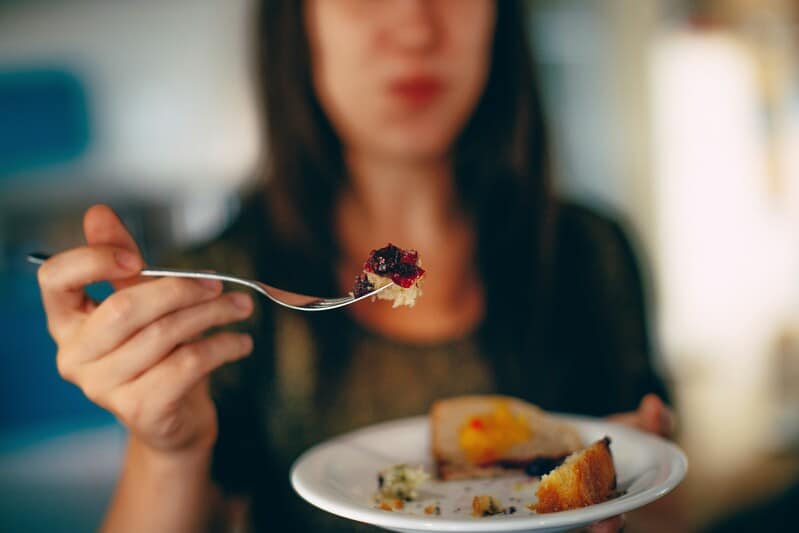A person with pica, pronounced “Pike-ah,” has an eating disorder where they compulsively consume non-edible objects as food. Originally, this disorder got its name from the Eurasian magpies due to their strange eating habits as they also consume unusual or weird objects. Overall, this health condition is mostly harmless and can be considered normal behavior in certain situations. Yet, a person with this eating disorder may be at risk especially if they consume toxic materials.
Understanding Pica
Although pica can impact groups of various age ranges, three demographics are at the most risk. Specifically, children under the age of six, pregnant individuals, and those struggling with their mental health are likely to develop this eating disorder. To be precise, it mostly affects people with mental health conditions like schizophrenia, autism spectrum disorder, and other intellectual disabilities.
As a compulsive eating disorder, an individual with pica may experience severe health risks due to their inability to control their urges. The impact of this condition varies as it depends on what object a person consumes. For instance, a pregnant woman eating ice is one of the disorder’s most harmless cases. However, a person who consumes hazardous substances or sharp objects may have a more severe form of the eating disorder.
Misdiagnosis Issues
Pica is a relatively common health condition but it remains challenging to determine its exact prevalence. This uncertainty exists because of two main reasons: researchers have inconsistent definitions of what this eating disorder is and healthcare providers misdiagnose the condition. Despite their contributions, researchers and healthcare providers aren’t entirely at fault for these misdiagnoses.
Indeed, certain individuals refusing to disclose symptoms or identifying the signs their children exhibit due to stigma is also part of the problem. For children, in particular, mouthing objects is how they explore their surroundings but this behavior tends to go away on its own. Due to this behavior change, mild cases of pica in children may be unreported.
Prevalence
The most common health issue that pica can cause is dental damage, which can happen even when consuming non-toxic materials. Another example of underlying health issues is an individual with trichophagia (an eating disorder involving hair) developing tears or blockages within their digestive tract. Likewise, someone with geophagia (an eating disorder involving clay or dirt) may be exposed to soil-borne parasites. Furthermore, a person who consumes feces, whether human or animal, may get illnesses from parasites or germs, which may become fatal.
Sadly, an individual with this eating disorder may avoid seeking medical help due to their feelings of shame and embarrassment. Additionally, the stigma around pica further complicates the diagnosis and treatment process. That’s why providing genuine support and creating a non-judgmental environment is important so people can get the help they need and deserve.
Symptoms

Pica’s main symptom involves the compulsive need to consume non-food and non-nutritional objects. However, most individuals with this eating disorder tend to prefer specific types of objects to consume. Although compulsive eating is its main symptom, pica may trigger secondary conditions such as anemia, constipation, intestinal blockages, electrolyte imbalance, lead poisoning, and irregular heart rhythms.
A person with pica tends to consume a range of diverse non-edible objects. Mainly, these items include chalk, ash, cloth or wool, powder, charcoal, coffee grounds, feces, ice, hair, paper, pet food, and more. By consuming these things, a person may develop secondary conditions and need medical help to recover.
Risk Factors
Similarly, researchers don’t know the exact origin of pica but they’ve identified several risk factors. A person exposed to stress, anxiety, and nutritional deficiencies is prone to getting this eating disorder. Moreover, mental health, adverse childhood, or medical conditions also play a significant role in developing pica.
Socially accepted practices within various religions or cultures may lead someone to normalize pica. Particularly, a person with nutritional deficiencies in zinc, iron, or calcium has a higher risk of developing this eating disorder. Spontaneous or congenital mental health conditions and certain genetic disorders may be influences too. Even though certain medications can cause pica or other similar behaviors, determining its causality remains complicated.
Individuals at Risk
Despite its compulsions, pregnant people and children tend to have a quick recovery from pica. Particularly, pregnant people may have a temporary form of pica as a result of their pregnancies. On the other hand, children may outgrow this eating disorder when they learn the difference between non-edible and edible objects.
However, pica is likely to remain in individuals with intellectual disabilities as they may need supervision to remove problematic objects from their surroundings. Ultimately, a person benefits the most from certain therapies such as behavioral therapy, mild aversive therapy, or differential reinforcement, tailored to their needs. Likewise, certain medications like antipsychotics may help but only in limited supply as they may have side effects.
Final Thoughts
Ultimately, pica is a benign health condition impacting people in various ways depending on what objects they consume. To recover, seeking a healthcare professional for help and guidance is important. Since the recovery time varies due to individual responses, one should seek medical help early to get the best possible treatment. Unfortunately, pica can manifest at any time, making prevention challenging. However, research indicates that developing healthier eating habits by including essential minerals and vitamins into one’s diet can reduce their risk.
Disclaimer: This article is intended simply to provide information. It does not replace the medical advice of a physician or other medical professional. Please speak with your doctor or therapist if you have any questions or concerns.









